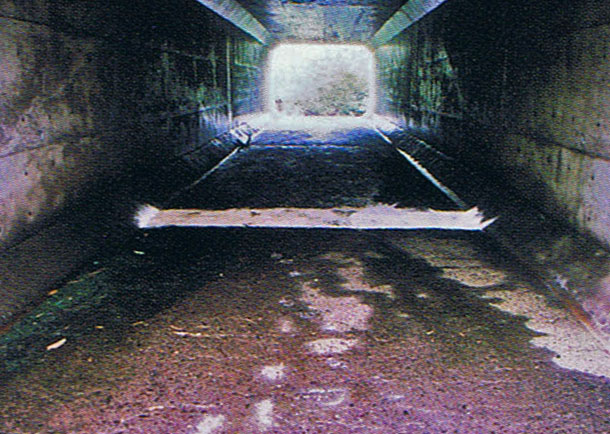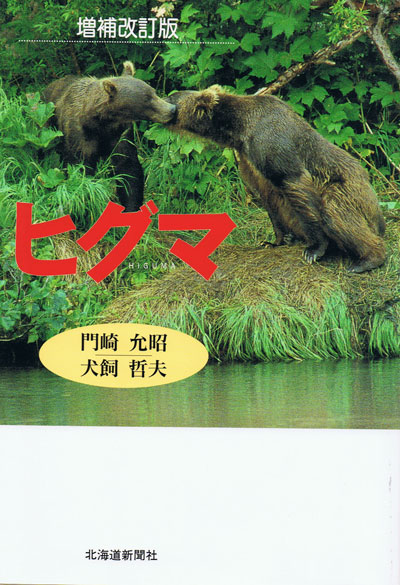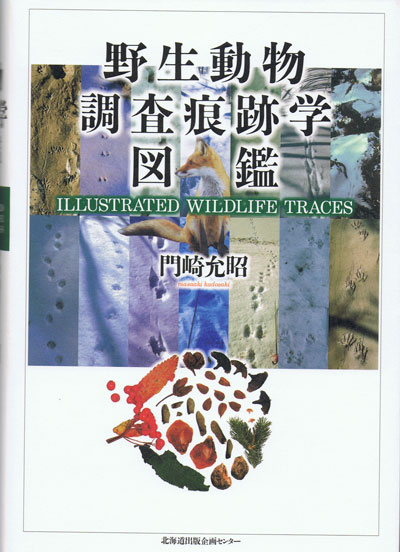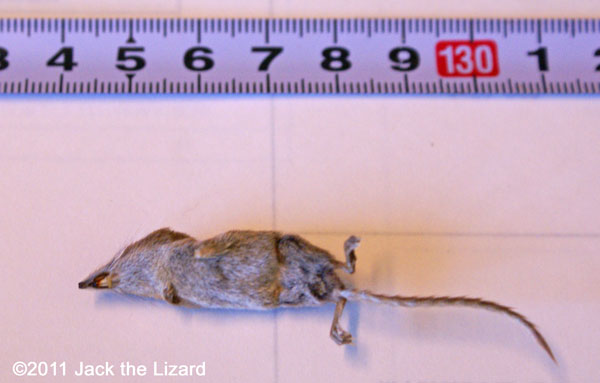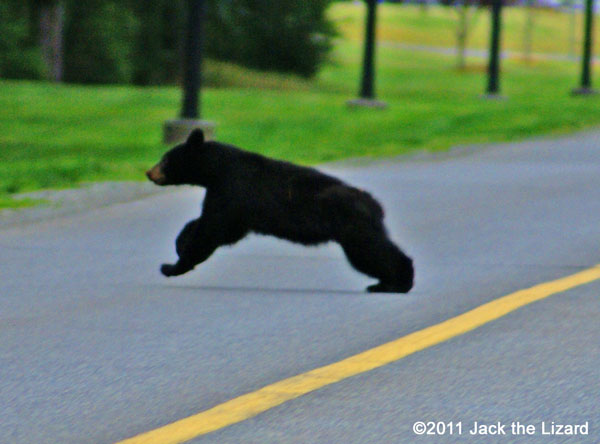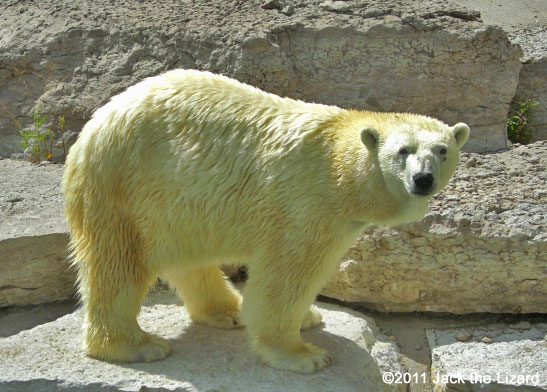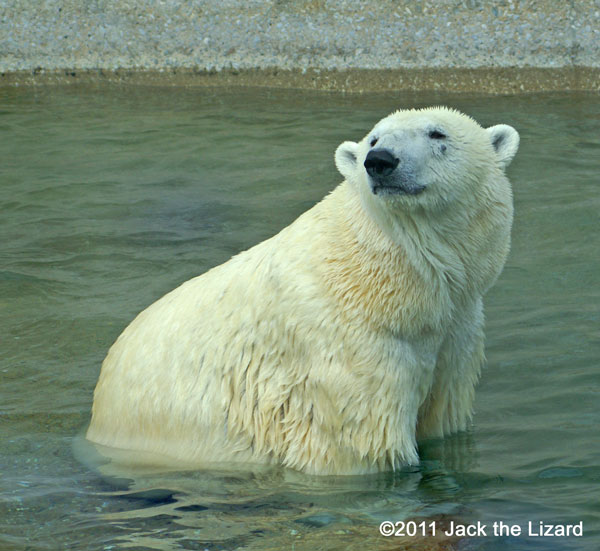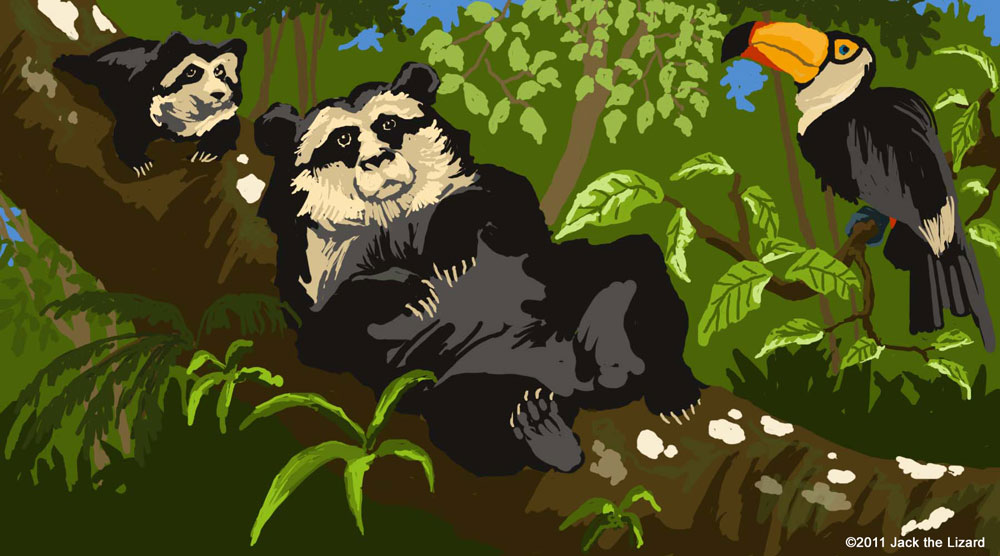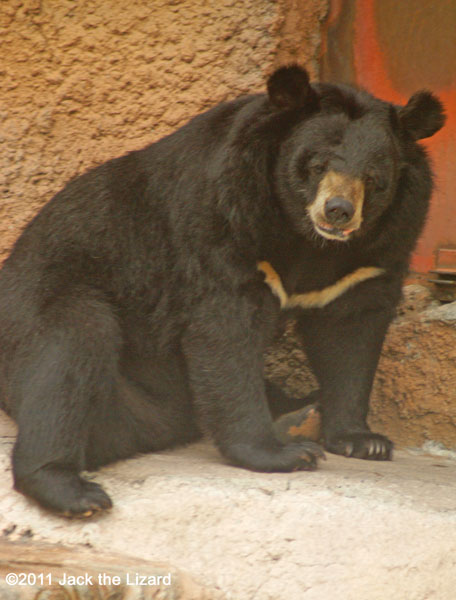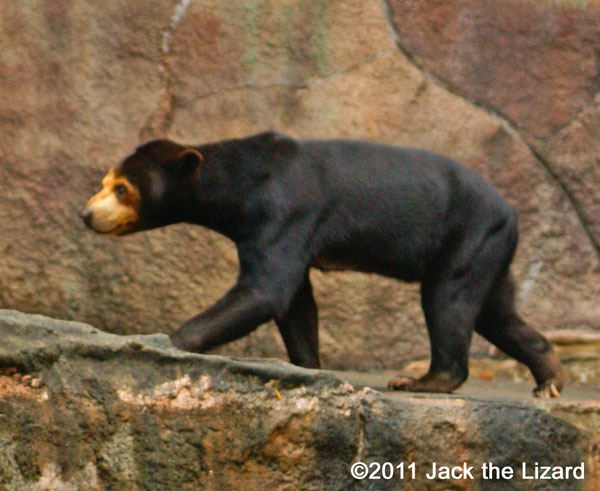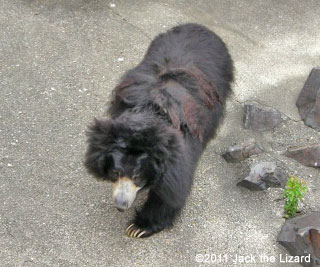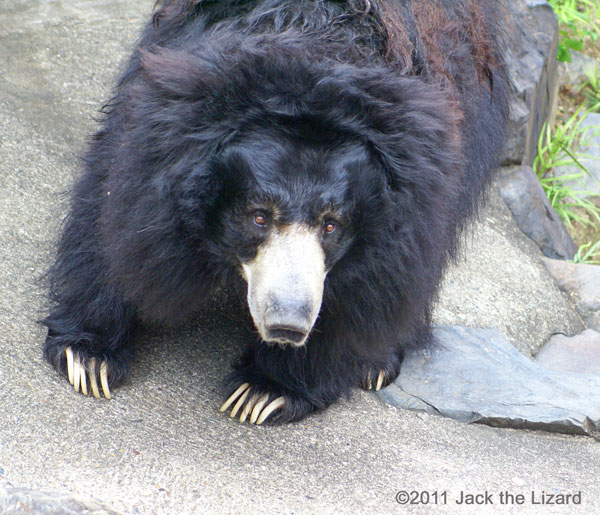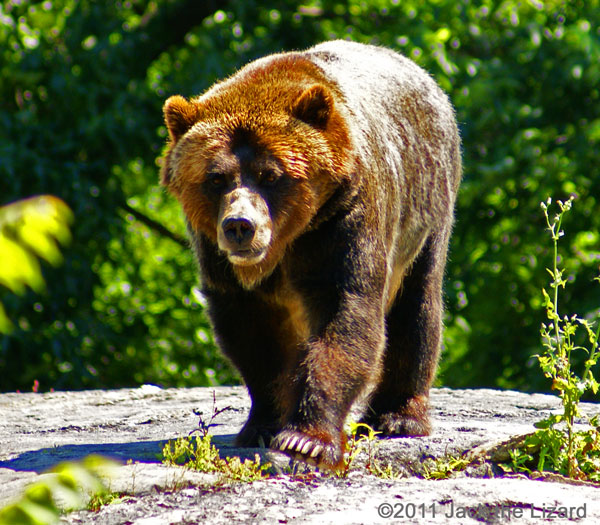
|
HOKKAIDO WILDLIFE LABORATORY |
|
|
(Visited on July 28, 2011)
|
The shape of Hokkaido which is northernmost and second largest island in Japan is like a diamond. The wilderness of Hokkaido still remains intact in the most part of the island and so many indigenous species live in. Hokkaido Wildlife Laboratory studies about behavior of those native species and protects their habitat. Higuma Bear is the brown bear lives only in Hokkaido and the largest land mammal in Japan. Higuma Bear is the key species for the conservation because of its territorial broadness and food variety. Masahiko Kadosaki, Director of Hokkaido Wildlife Laboratory tells us about Higuma Bear and wildlife in Hokkaido. |
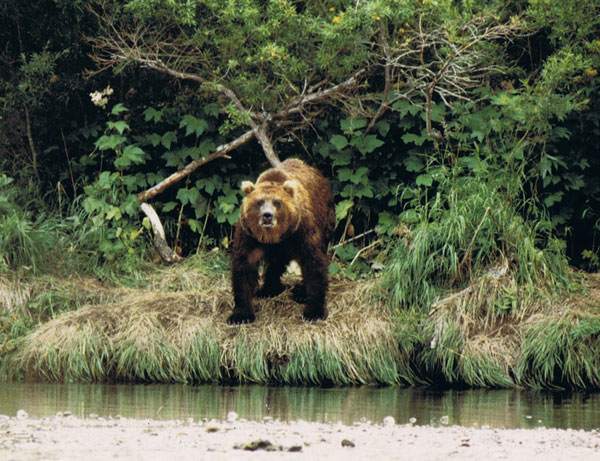
Brown bear at Kurile Lake in Kamchatka, Russia (The image provided by Dr. Kadosaki) |
Life of Higuma
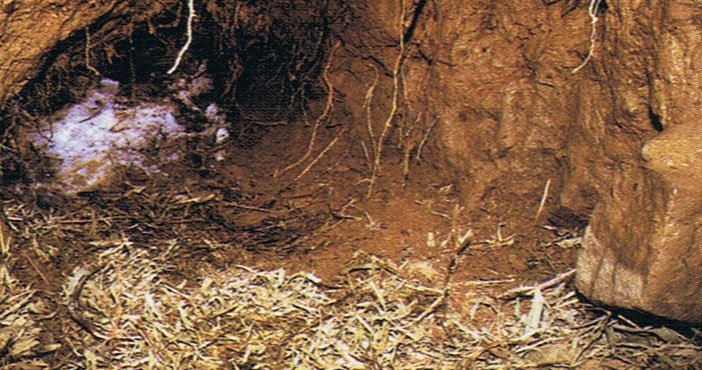
Winter den Asian black bear in Japan use a natural cave for winter den but Higuma Bear do not. They dig it by themselves or use the cave dug by other Higuma. They have several dens to hibernate. They put snow and underground water out to keep their den clean even during the hibernation period. |
The habitat of Higuma covers about 50 % of Hokkaido. The population is concentrated in Oshima and Shiretoko peninsula. They inhabit the mountain and woodland under about 1500m (4900feet) altitude. The population is about 1,900 to 2,300 now. It fluctuates because it is the least right before the birth of cubs in December and the most in after getting birth around end of February. |
|
The male is about 2.4m (7.9ft) long and 400kg (880lbs). They are solitary animal except during mating and parenting season. The hibernation starts around end of November and waking up from middle of March to beginning of May. Mother gets birth from January to middle of February during the hibernation. Mother brings cubs up alone until cubs get 1 to 2 years of age. |
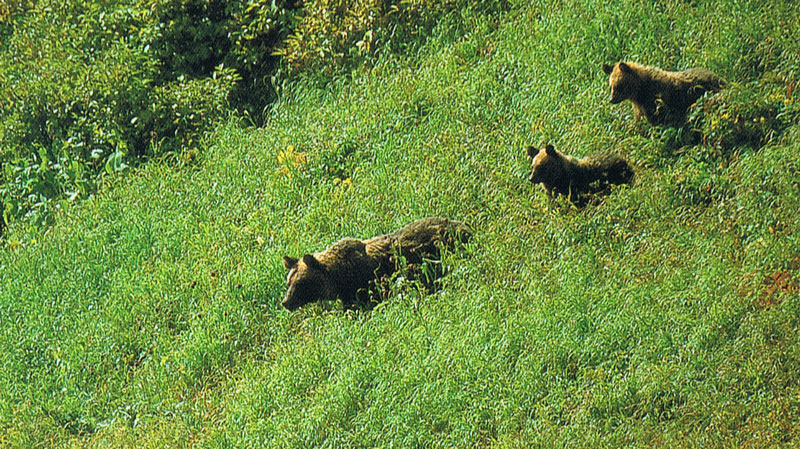
Mother and cubs Mother stays with her cubs for about 2 years. From summer to autumn Mother separates from her cubs. Cubs look back several times and mother also keeps watching her cubs as if both of them miss each other. |
What Higuma eat?
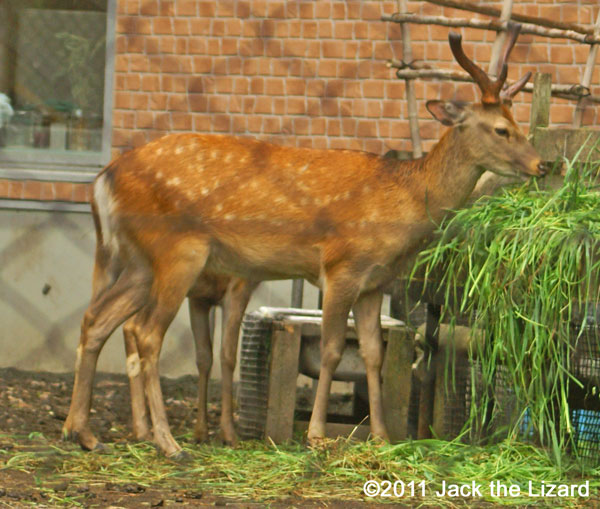
Ezo deer Subspecies of Japanese deer. Ezo deer is larger than deer in Honshu island of Japan. |
Higuma is omnivorous but they do not have bacteria which helps digestion in their stomach. So they eat plants which include plenty of water and several nutrition such as butterbur and sweet cicelies. They also eat seeds and fruits such as acorns and morus. The meats they eat belong to variety of animals such as insects, fish and large mammal such as deer. They prefer to feed on arts and bees. The pupas of beetles are also their favorite food. If the rivers and ocean were close to their habitat, they hunt trout and salmon and crayfish under rocks. |
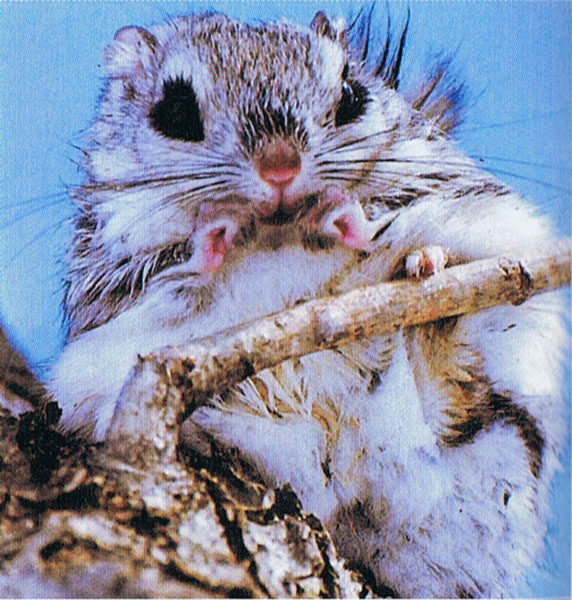
Ezo flying squirrel Subspecies of Siberian flying squirrel. In Hokkaido they range from plain to subalpine zone. They are omnivorous; eat seeds, flowers, plants and insects.
|
Higuma and Human
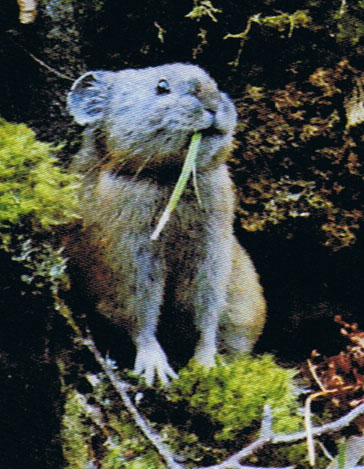
Pika Pikas in Hokkaido inhabit southernmost part in the world. |
Kadosaki has been researching on Higuma for over 40 years. He called Higuma “Boss of forest” with respect, because Higuma is apex predator and their presence affects all animals live in the forest. “They are afraid of only humans and their own species, but they also depend on all creatures in the forest. This means that protecting Higuma is equal to conserving biodiversity of forest,” said Kadosaki. |
|
However the development invades their habitat and contact with humans causes some problems. They love sweet thing and cannot help themselves eating corn, beet and watermelon. Smell of honey also attracts them and they approach bee boxes nearby their habitat. To solve these problem, the barbed wire is set on their passage to a field and the electric fence can protect bee box from them. Kadosaki have observed behavior of Higuma in deep mountain area and found out what they eat, where they rest and what they avoid. |
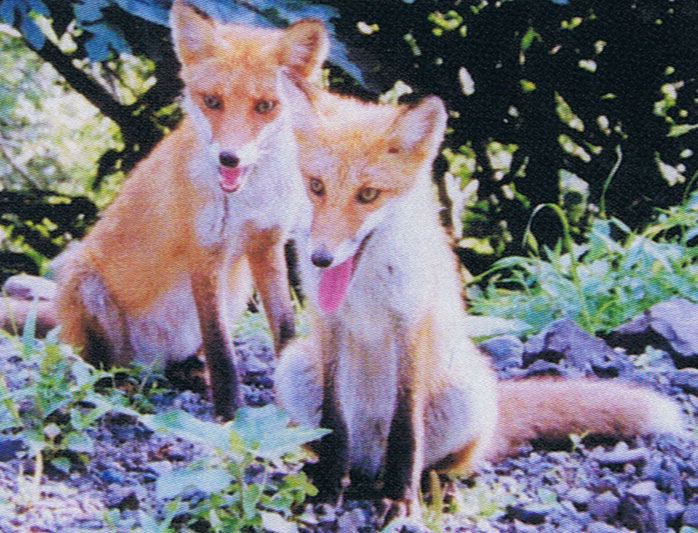
Hokkaido fox Subspecies of red fox. Hokkaido red fox is slightly larger than fox in Honshu island of Japan. Little more about Hokkaido fox, click HERE! |
Kadosaki explains about their lives in the mountain “Higuma chose the way they can easily walk through, just like humans. So they use streams when they move and find food in heavily vegetated area. They know we do the same and do not want trouble, so they memorize when and where they encounter humans and other bears to avoid unnecessary conflict.”
Unfortunately some Higuma ignore the warning from humans. Then removal is inevitable. “But it should be delivered more cautiously. You cannot shoot innocent bears live in the deep mountain area not close to a field.” said Kadosaki. |
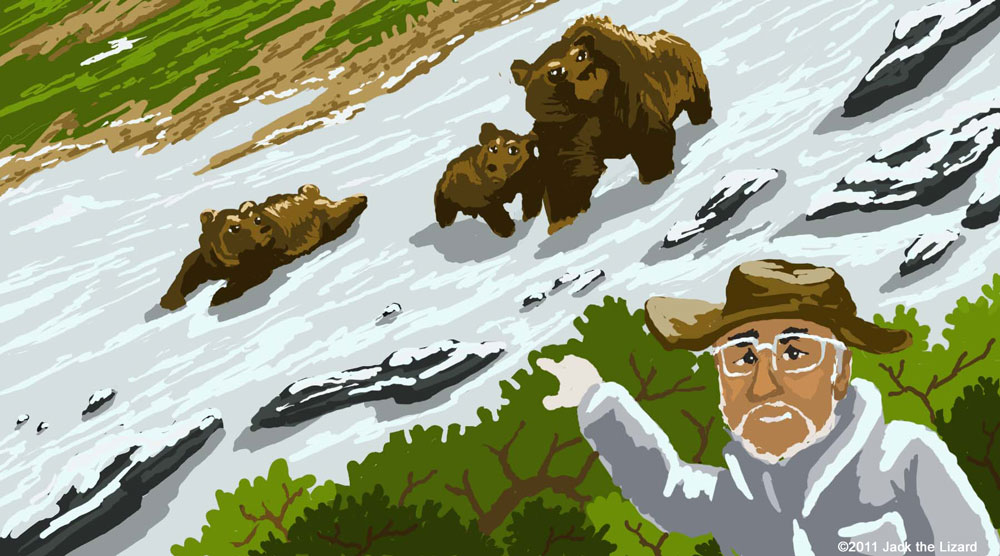
|
|
|
Higuma will always with us
Kadosaki is also the adviser of Japan Bear & Forest Society and gives lecture on Higuma and other bears. Recently the bear problem has frequently occurred in Japan. Kadosaki gives three reasons why Higuma bears cause those troubles. “First Higuma see humans as food, unlike Japanese black bear. Second they do not like to be disturbed during their feeding time or are merely curious. Third they defend their territory or cubs. We have solution every one of them,” said Kadosaki and he want people to act calm when they encounter Higuma.
First of all we should locate them first and avoid sudden face to face situation. Although it is very difficult to find them, especially in deep forest, you can find clues of their presence. The left over and their dung are things you can not miss. Additionally you have to be very cautious when you walk through bear country. They often lay down under tall grass to avoid heat. Let them know your presence by making some noise with whistle. At last you face bear in close range you should walk away slowly with keeping eyes on a bear. Do not block the bear’s passage. If they attack, you should fight back with weapons such as hatchets and other steel tools. Kadosaki hopes that someday Higuma Bear and humans live together peacefully. “Higuma slide on snow covering hill with their belly. They make bubbles by blowing water with their nose. Apparently they are playing by doing so. The bond between mother and cubs is very strong. Mother protects her cubs even from stronger male bear that could kill and eat cubs. They enjoy their life just like us, but even for Higuma the survival in the wild is hard enough. We must be considerate towards Higuma.” |
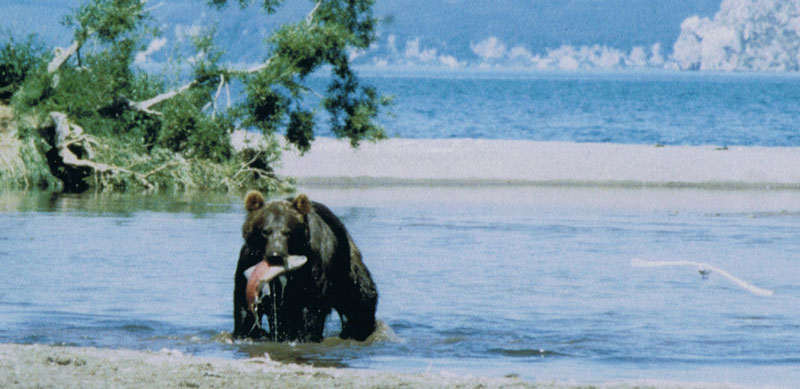
Kadosaki also studies brown and polar bear in North America and Russia. According to Kadosaki this bear was very disturbed and threatened him because the bear felt interrupted when he foraged for food. |

Bear scratching his back Several reasons are counted for this behavior such as marking his territory, getting rid of flea and attracted by scent of wood. |
Tokyo Shrew and Development
|
Kadosaki got his Ph.D. in agriculture at Hokkaido University after graduating from Obihiro University Agriculture & Veterinary Medicine. Then He started working at Historical Museum of Hokkaido and studying wildlife. As his passion for conservation increased, he decided to establish Hokkaido Wildlife Laboratory. The laboratory researches and protects not only Higuma bear but also other animals such as deer, fox, squirrel and mouse.
Sarobetu plain spread out northernmost of Hokkaido and the marsh inside this plain is designated to natural world heritage of the Ramsar Convention which is the treaty of conservation of wetland. Animals and plants in this area are very valuable as well. Although this marsh is protected by law, it is getting dried up because of the development of surrounding field. So the dam for supplying water into the marsh was planned to be constructed. Before the construction Kadosaki and co-researcher did study on the marsh condition and animals live in. They found 15 of rare Tokyo shrews which inhabit only in Hokkaido in spite of its name and gave suggestion to the construction company. The laboratory also made the underground tunnel for the safety of Higuma bear and deer crossing road. Little more about shrew, click HERE! |
Ancestor of Higuma bearThe oldest fossil of bear was found in Germany. It is about 20 million years old and called “Ancestor Bear of Erum”. From Zhoukoudian, China the oldest brown bear which is about 0.7 million years old was discovered. Once Higuma bear had ranged over every major island in Japan. Even from the sea their fossils are recovered. One fisherman caught the fossils of Higuma by his fishing net in Seto Inland Sea. Since Higuma prefer to stay relatively cold weather, as the climate was getting warmer in Japan, they had moved further north and reached Hokkaido. World Bear
|
Official web site of Hokkaido Wildlife Laboratory is HERE

